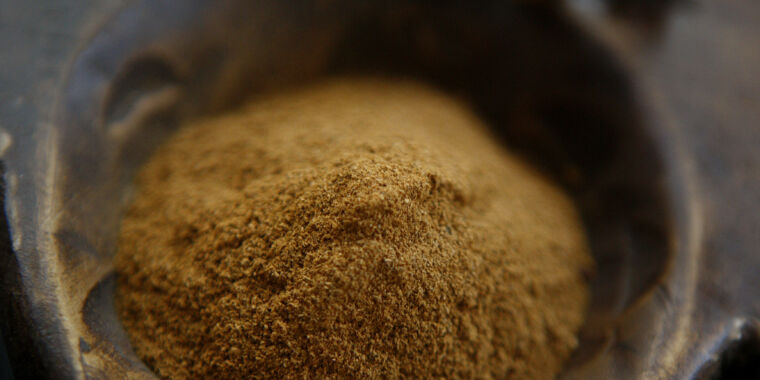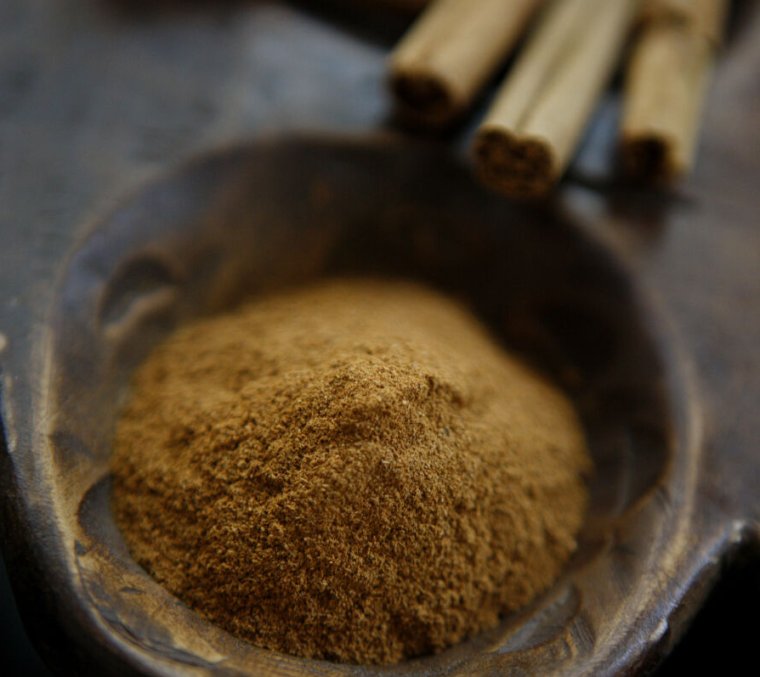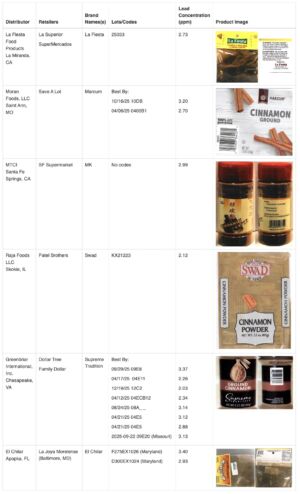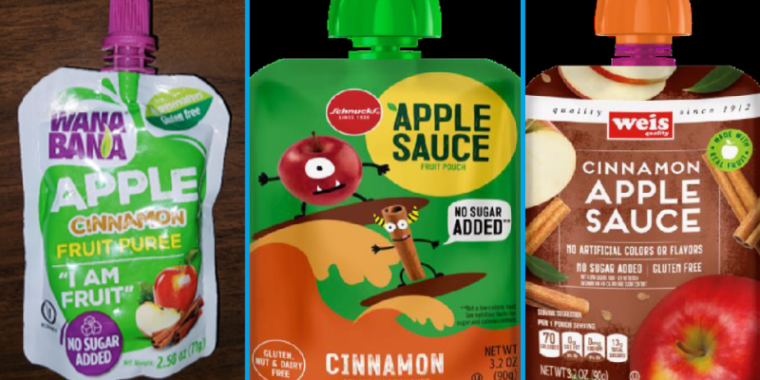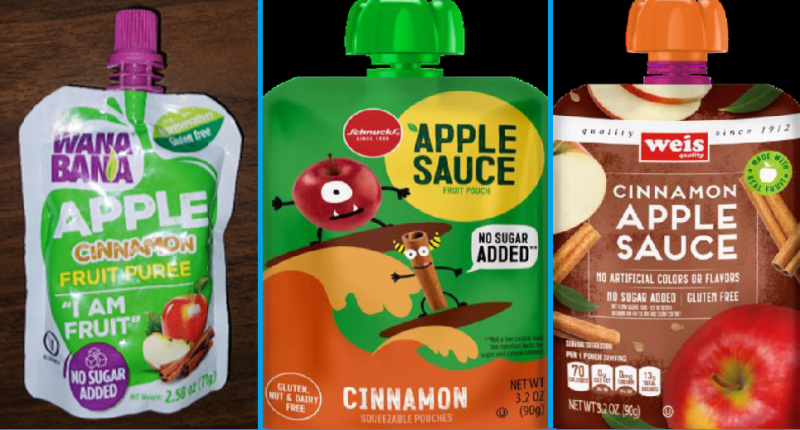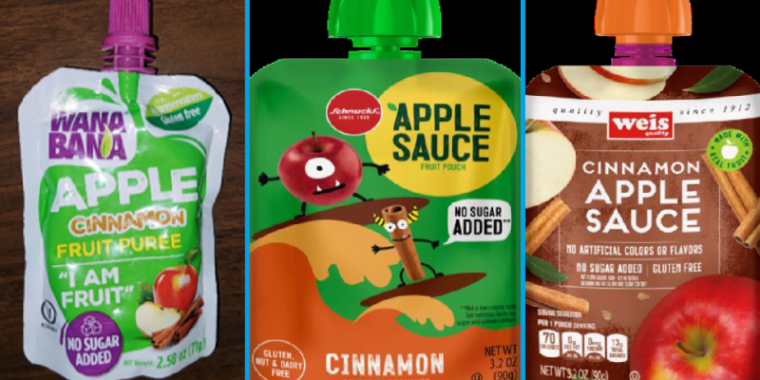Here’s why you shouldn’t freak out about lead in your cinnamon
A rant —
For the most part, you’d have to eat a weirdly large amount to cause a problem.

Enlarge / Cinnamon buns.
Consumer Reports on Thursday reported the concentration of lead it found in 36 ground cinnamon products, leading to a round of startling headlines. The testing is particularly nerve-racking given that it closely follows the tragic poisoning of at least 519 US children, who were exposed to extremely high levels of lead from purposefully tainted cinnamon in applesauce snack pouches.
With that horrifying event in mind, parents are likely primed to be alarmed by any other lead findings in cinnamon. So, how concerning were the concentrations Consumer Reports found? And does one need to strictly adhere to the limits the organization recommends? By my calculations, not very and probably not. It’s really not an alarming report.
Similar to the outlet’s chocolate testing before it, the lead concentrations found in cinnamons were largely within standard ranges. In all, the report is more of a reminder that trace amounts of heavy metals are present in various common foods. And such watchdog testing can play a crucial role in keeping consumers safe, especially with underfunded and underpowered regulators.
Before I go into the data, I’ll be upfront with my conflict of interest here: I love cinnamon about as much as I love chocolate, which is to say: a lot. I can’t imagine fall or holidays without heavily cinnamoned treats. And if you believe that cinnamon isn’t a verb, you are incorrect (at least in my book). Still, my love of this tree-bark spice could certainly be shaken by my healthy aversion to neurotoxic things, especially with a small child at home gobbling up my baked goods. That’s why I dug in and did the math—and I’m happy to show my work.
Regulated concentrations
So, what did Consumer Reports (CR from here) find? The company collected three samples of each of the 36 products from grocery stores, specialty/international food shops, and online sellers. Then, they sent them off to a commercial lab for testing and reported back the average concentrations of lead in parts per million (ppm), which is equivalent to milligrams per kilogram (mg/kg).
CR judged the results by a threshold level of 1 ppm, which is the concentration at which the state of New York will issue a recall for a spice (currently, at least, they have proposed lowering it). It’s important to note that, even at the current 1 ppm threshold, New York is an outlier. As CR notes, New York is the only state to have such a threshold. The Food and Drug Administration doesn’t have a clear cut-off, but recent warnings from the agency were all regarding products that had lead concentrations of more than 2 ppm, not 1 ppm. The FDA also notes that the international food standard-setting body, Codex Alimentarius Commission, sets a limit for bark spices at 2.5 ppm. Further, the European Union set the maximum allowable lead concentration for bark spices at 2 ppm, according to regulations set in 2021 (PDF).
Despite the unusually low threshold, CR highlighted 12 products—mostly uncommon brands—that wouldn’t make it in the Big Apple. Of those, only three products were above the 2 ppm threshold that would have drawn the eyes of FDA and European Union regulators. The two brands behind the two highest readings (Paras at 3.52 ppm and EGN at 2.91 ppm) indicated to CR that they would voluntarily recall their products. The other product that came in above 2 ppm was Mimi’s Products cinnamon, with an average of 2.03 ppm. CR data shows that only one of the three samples was above 2 ppm (with readings of 1.97 ppm, 2.16 ppm, and 1.97 ppm).
That said, concentration thresholds for the purposes of regulatory recalls are one thing. Other things—likely to be far more relevant to consumers—are how much cinnamon people actually eat and what the maximum safe amount of lead is. So, what are those?
Here’s why you shouldn’t freak out about lead in your cinnamon Read More »

